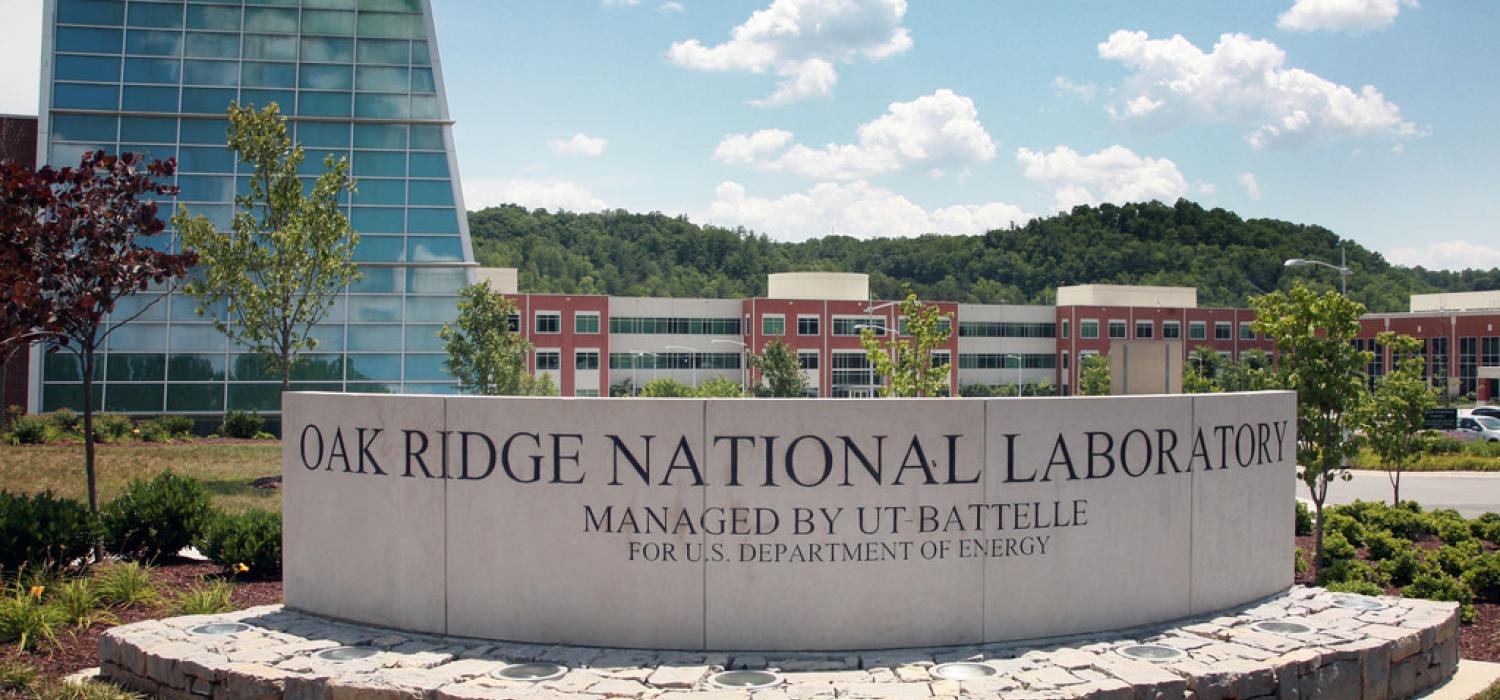
Nuclear Security & Deterrence Monitor Vol. 28 No. 12
Visit Archives | Return to Issue PDF
Visit Archives | Return to Issue PDF
Nuclear Security & Deterrence Monitor
Article 2 of 6
March 22, 2024
NNSA seeks study contractor for effort to mature Oak Ridge defense refining tech

The National Nuclear Security Administration last week solicited bids for a one-year study about a pilot plant to test defense uranium-enrichment technology developed by the Oak Ridge National Laboratory.
Bids are due April 15, the National Nuclear Security Administration…
Partner Content